Junior Swathi Srinivasan Invents Heating System for Premature Infants, Wins Prize From MIT
Earlier this month, BHS junior Swathi Srinivasan traveled to the Massachusetts Institute of Technology as a National Finalist for the MIT THINK Scholars Program.
Srinivasan was selected as one of five national finalists for her proposal, A Novel High Efficiency System for Infant Warming through Secondary Heating Mechanisms.
“I wanted to create a way to maintain body heat for infants, especially infants born prematurely because hypothermia is such a big problem,” she said. “My goal was to create something that was not only cost efficient, but also energy efficient.
THINK stands for Technology for Humanity guided by Innovation, Networking, and Knowledge. According to the MIT THINK website, the purpose of this MIT student-led program is to “make science and technology research and development accessible to all motivated high school students.”
To apply, a full time high school student must write a 10 page proposal for a project they wish to accomplish, but do not have the tools or funding to complete the project on their own.
The THINK team of MIT undergraduate students then reviews the applications and selects up to six national finalists. These individuals receive an all-expense paid trip to MIT, up to $1,000 of funding, mentorship, and networking.
Srinivasan had the idea for this project before she heard about MIT THINK.
I knew I would need money to actually complete the invention. I decided to go online and look for opportunities to receive funding.
— Junior Swathi Srinivasan
“I knew I would need money to actually complete the invention,” she said. “I decided to go online and look for opportunities to receive funding.”
Once the finalists arrived at MIT, they gave presentations explaining their goals, plan, materials, and budget; these presentations determined whether or not they would receive funding. Srinivasan received the full $1,000 to pursue the project, and she is using that money to make her idea a reality.
“I just finished the patent on the project,” she said. “I have a timeline and I need to finish the project by May.”
Physics teacher Michael Lerner admired Srinivasan’s independence on the project, and was not at all surprised by her achievement.
“She hardly asked for help,” he wrote in an email. “I think I might have given her two good pieces of advice, but they were minor. The whole idea, from start to finish, is Swathi’s.”
This project is something Srinivasan does in her free time in addition to competing in the science fair. Her main passion is Alzheimer’s research, which is what her science fair projects are centered around. Last year, she won first place in the chemistry category and also won the grand prize at the Northeast Ohio Science and Engineering Fair (NEOSEF). Srinivasan was also a finalist for the Intel International Science and Engineering Fair.
Even though Srinivasan’s MIT THINK project came out of her interest in electrical engineering, she was also able to incorporate her main passion into the trip.
“I got to meet the head of Alzheimer’s research at MIT,” she said.
She’s willing to try something new without knowing if it will succeed or not. Swathi has the temperament of a scientist.
— Physics teacher Michael Lerner
Regardless of what field of science Srinivasan is involved in, Lerner believes that her tenacity and intelligence will get her far.
“She’s willing to try something new without knowing if it will succeed or not,” Lerner wrote. “Swathi has the temperament of a scientist.”
At the end of the day, Srinivasan’s favorite part of her trip to MIT was seeing where so many innovative things are happening.
“I got to go to the aeroastro building where they have self-driving cars, to the nuclear reactor, and to a glass lab where they were making glass,” she said. “You get to stand in one place and realize that this is where it all happens.”

Sydney Eisenberg is a senior, and although she just started writing for the Beachcomber this year, she is excited to be a part of the newspaper. She is...



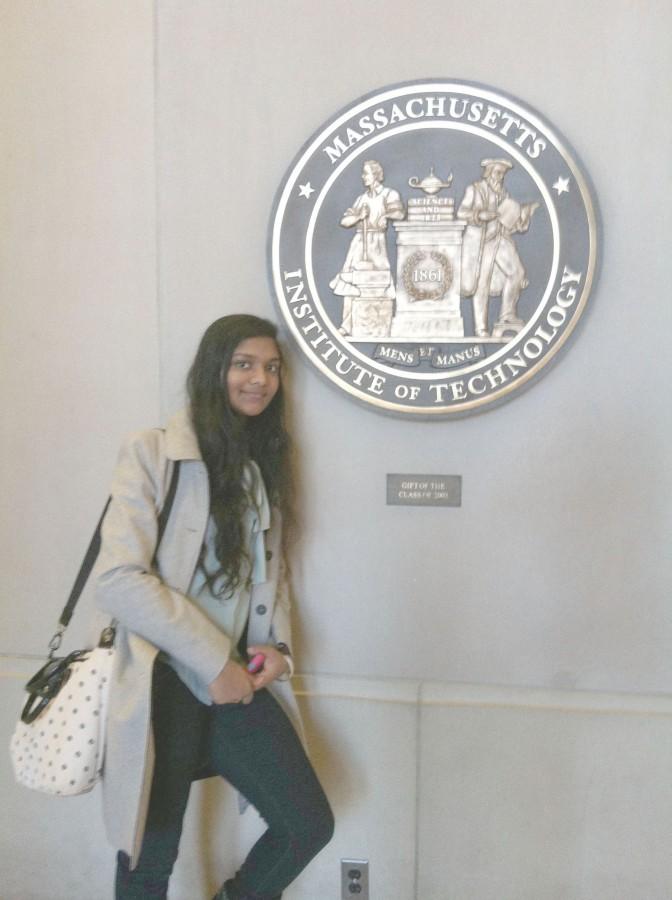
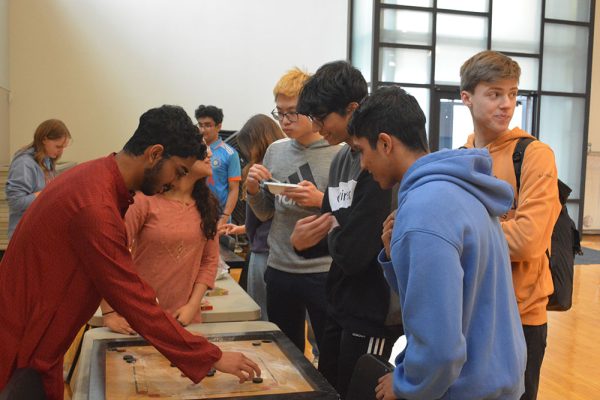

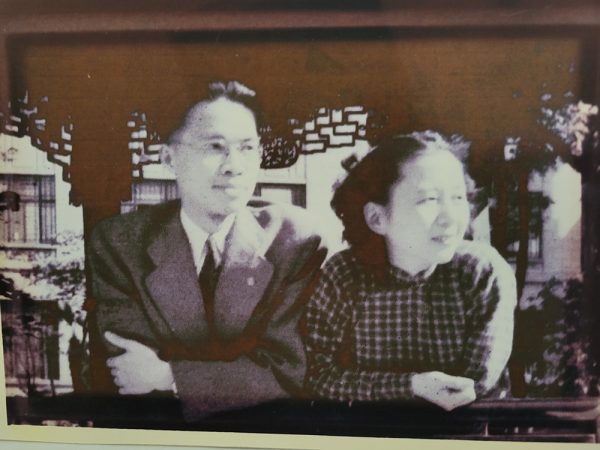

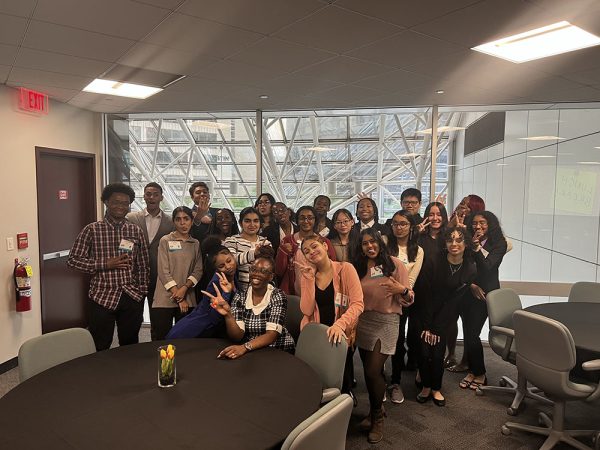
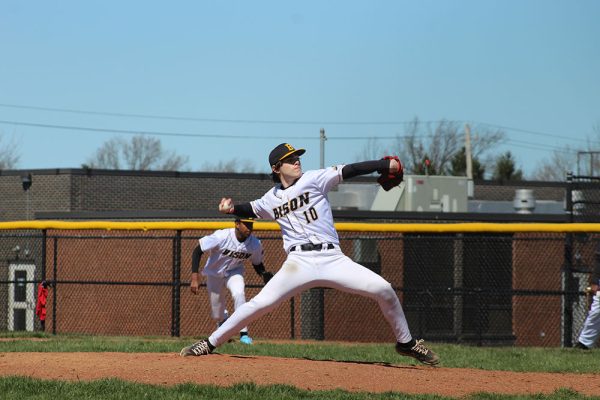

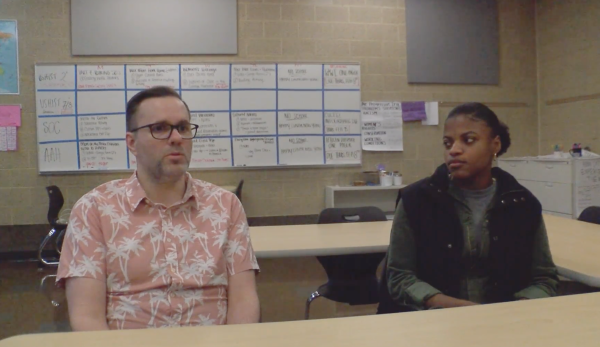
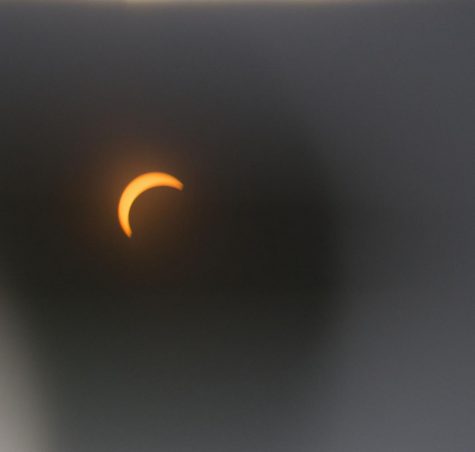
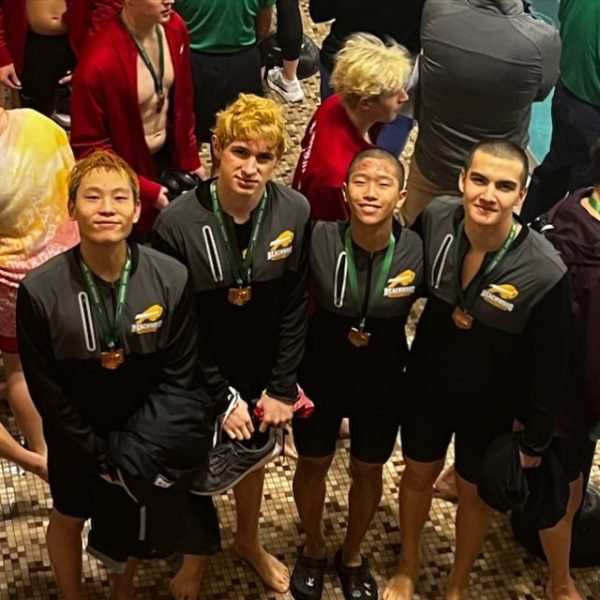

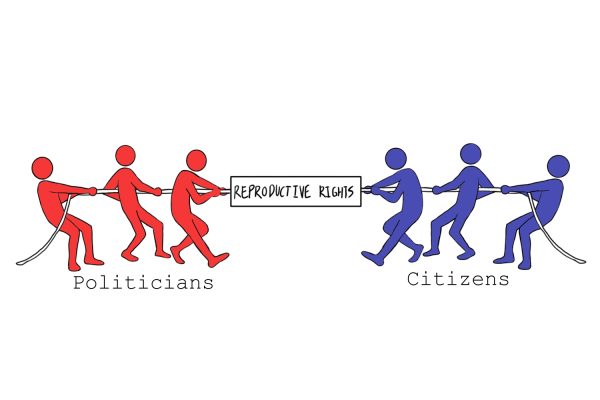
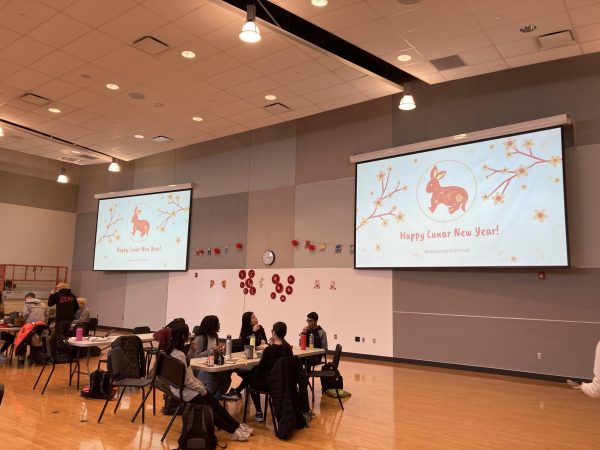
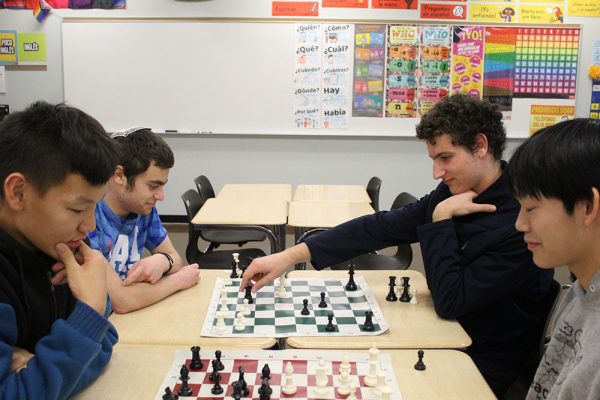

Solomon Jayapuram • Feb 24, 2016 at 4:47 PM
Swathi ne romba rock girl…keep rocking….Blessings !!!